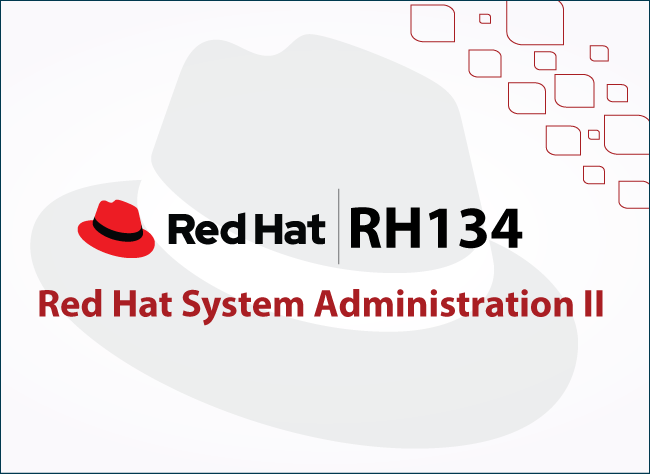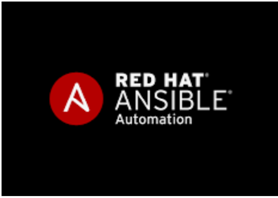
 Rapid Track Linux Course
Rapid Track Linux Course

Course description
designed as a rapid training course on system administration of Red Hat Enterprise Linux for IT professionals with significant exposure to Linux. Students who have a foundational understanding of the Linux command line will learn key tasks needed to perform system administration of a single Red Hat Enterprise Linux system.
This is an accelerated course. As an instructor-led course, this course covers training content in Level 01 Linux Course and Level 02 Linux Course
POPULAR COURSES

Level 1 Linux Course
Gain sufficient skill to perform core system administration tasks on Red Hat Enterprise Linux.
This course does not require any previous Linux experience.

Level 2 Linux Course
Expand and extend on skills gained during the Level 1 course.
This course goes deeper into Linux administration, including filesystems and partitioning, logical volumes, SELinux, firewalling, and troubleshooting.
Build skills needed by an RHCSA-Certificate Exam Preparation Course

Rapid Track Linux Course
This is an accelerated course is designed for IT professionals with significant exposure to Linux.
Studentsn should be comfortable with running common Linux commands from the shell prompt.
Students lacking this knowledge are strongly encouraged to take Level 1 instead.

Red Hat Ansible
system administrators, developers and DevOps engineers who need to automate provisioning,
configuration, application deployment, and orchestration.
Students will learn how to install and configure Ansible on a management
workstation and prepare managed hosts for automation.
Copyright © 2022 linuxacademy.ca. All Rights Reserved.